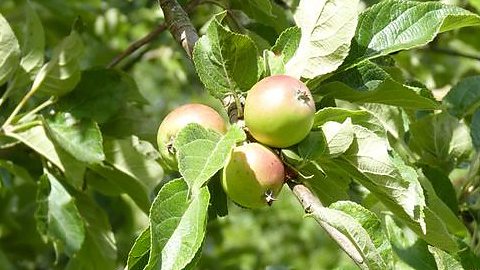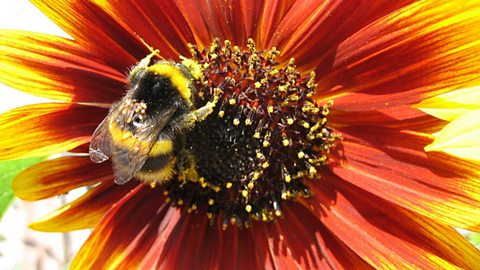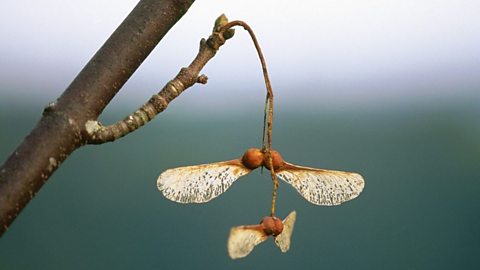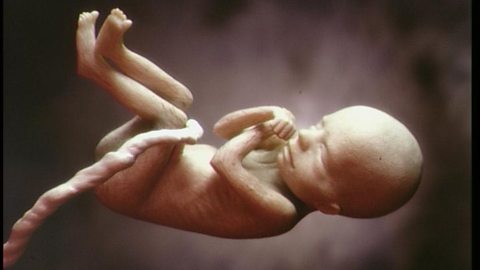Key points
Insect-pollination of flowering plants is responsible for the majority of the world’s flowering diversity and is an essential part of plant reproduction.
Flowers have bright colours, smells and nectar which encourage pollinators to pay them a visit.
Honeybees along with 1,500 other insect species pollinate plants in the UK.
Flower structure
Flowering plants reproduce sexually through a process called pollinationThe fertilisation of flowers by the transfer of pollen from one to another.. The flowers contain male sex organs called stamens and female sex organs called pistils. The male and female sex cells produced from the male and female sex organs must meet for reproduction to begin.

'Flowering plants' includes fruit plants and trees which produce flowers as well as fruit.
The male gameteSex cells. In plants the male sex cell is pollen and the female sex cell is an ovule. are contained in the pollen grains produced in the anther The male part of a flower within the stamen that produces pollen (male sex cells)..
The female gametes (egg cells or ova) are produced in the ovule found in the ovary.
Pollination
Pollination is the act of transferring pollen grains from the male anther of a flower to the female stigma. The aim of most living organismAn organism is a living thing that shares characteristics such as the ability to move and reproduce including plants, animals, fungi, bacteria and protoctists., including plants, is to produce offspring for the next generation. One of the ways that plants can produce offspring is by making seeds. Seeds contain the nutrition and all the genetic instructions to grow into an adult plant.

There are two types of pollination:
Self-pollination: The pollen grain lands on the same flower it originated from.
Cross-pollination: The pollen grain lands on a different flower to the one it originated from.

Wind and insect pollination
As plants cannot move like animals they must adopt a different method of transferring these pollen grains.
Wind-pollinated plants let their pollen blow in the wind and hope that their pollen grains reach another plant for pollination.
Insect-pollinated plants use insects and other animals to carry their pollen grains to other plants.
The vast majority of plants depend on animals to transfer the pollen for them. 'Insect-pollinated' includes plants which are pollinated by birds and other small animals.

Insect-pollinated flowers are different in structure from wind-pollinated flowers.
| Feature | Insect-pollinated | Wind-pollinated |
|---|---|---|
| Position of stamens | Enclosed within the flower so insects must make contact | Exposed so that wind can easily blow pollen away |
| Position of stigma | Enclosed | Exposed |
| Type of stigma | Sticky, so that pollen attaches to insects | Feathery, to catch pollen blown from wind |
| Colour of petals | Brightly coloured to attract insects | Dull, usually green |
| Nectaries | Present as reward for insects | Absent |
| Pollen grains | Larger, sticky | Smaller, smooth, inflated |
Quiz - Wind or insect pollination?
Importance of insects in pollination
Many crops depend on pollination by insects to survive. Bees, butterflies, beetles, moths and flies are all pollinatorsInsects and animals which carry pollen grains from the male part of the flower to the female part of the same or another flower.. Without them, food securityA measure of how much food there is, if it is of suitable quality and whether people can access it. would be threatened and there would be a worldwide shortage of fruit; especially apples, plums and pears. Many plant species could also decline or become extinctAn organism that is no longer in existence. along with the organisms that directly or indirectly depend on them.
Bees are facing many threats globally. These include habitat loss, climate change, toxic pesticides and disease. The culmination of these makes an unpredictable future for bees and many other pollinators.

Test your knowledge
Quiz
Test questions
Write a paragraph to answer the following question. Tap 'Show answer' to see seven points you could have included.
Describe how flowers are adapted for insect pollination.
- Stamens are enclosed within the flower
- Stigma is enclosed within the flower
- Stigma is sticky
- Petals are large
- Petals are brightly coloured
- They contain nectaries
- Pollen grains are large and sticky
Teaching resources
Looking for more KS3 resources? This short video clip looks at reproduction in various plants and animals using beautiful wildlife footage and summary graphics.
ґуПуґ«ГЅ Teach has thousands of free, curriculum-linked resources to help deliver lessons - all arranged by subject and age group.
Play the Atomic Labs game! gamePlay the Atomic Labs game!
Try out practical experiments in this KS3 science game.

More on Reproduction
Find out more by working through a topic
- count5 of 5

- count1 of 5

- count2 of 5
